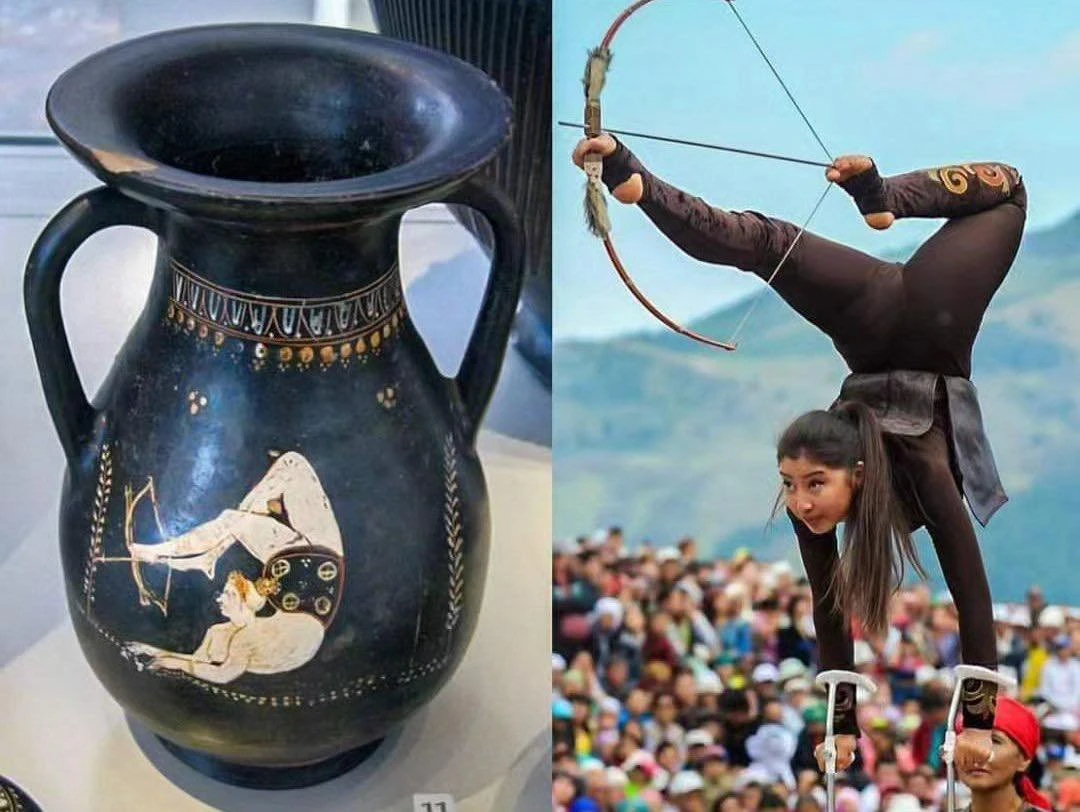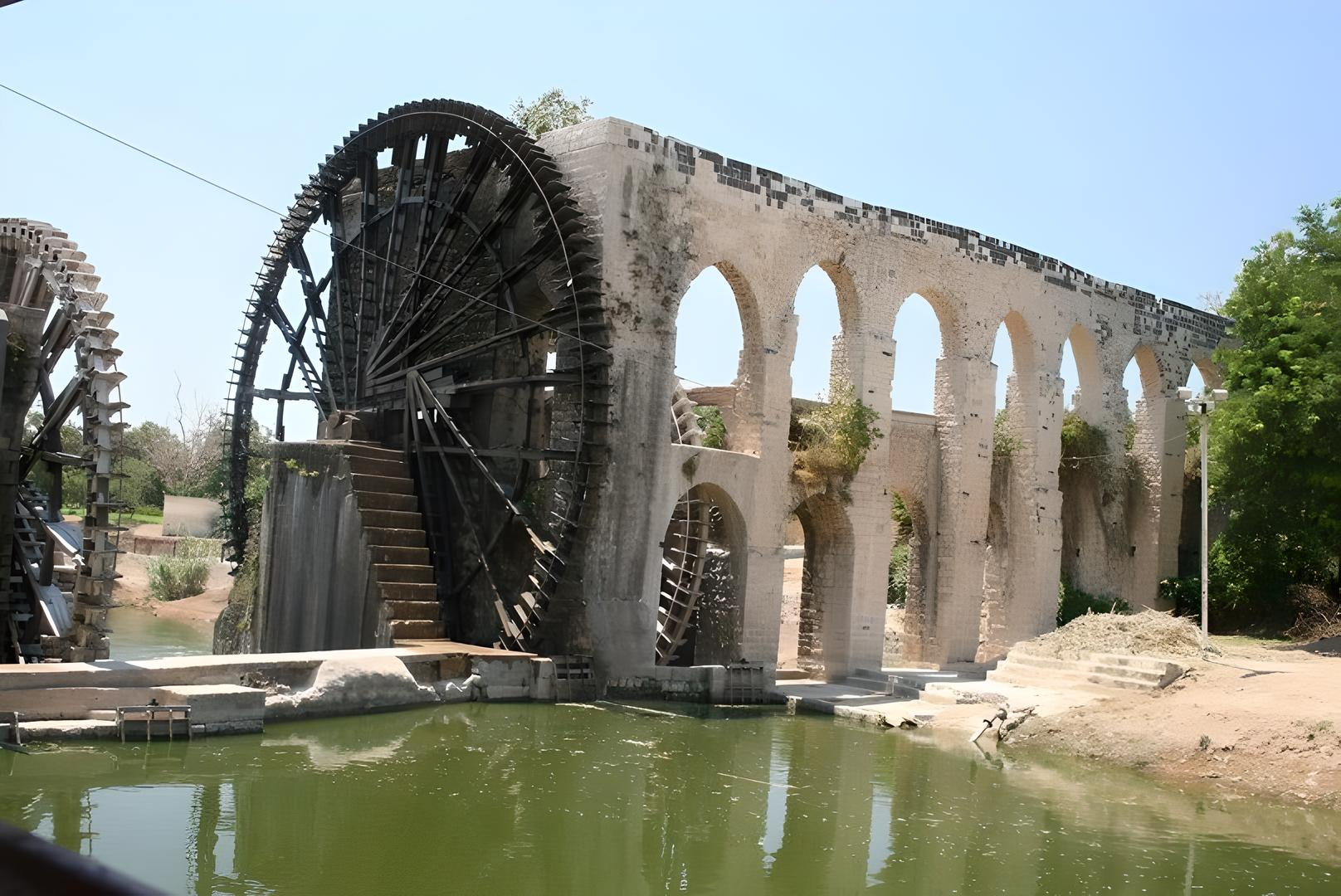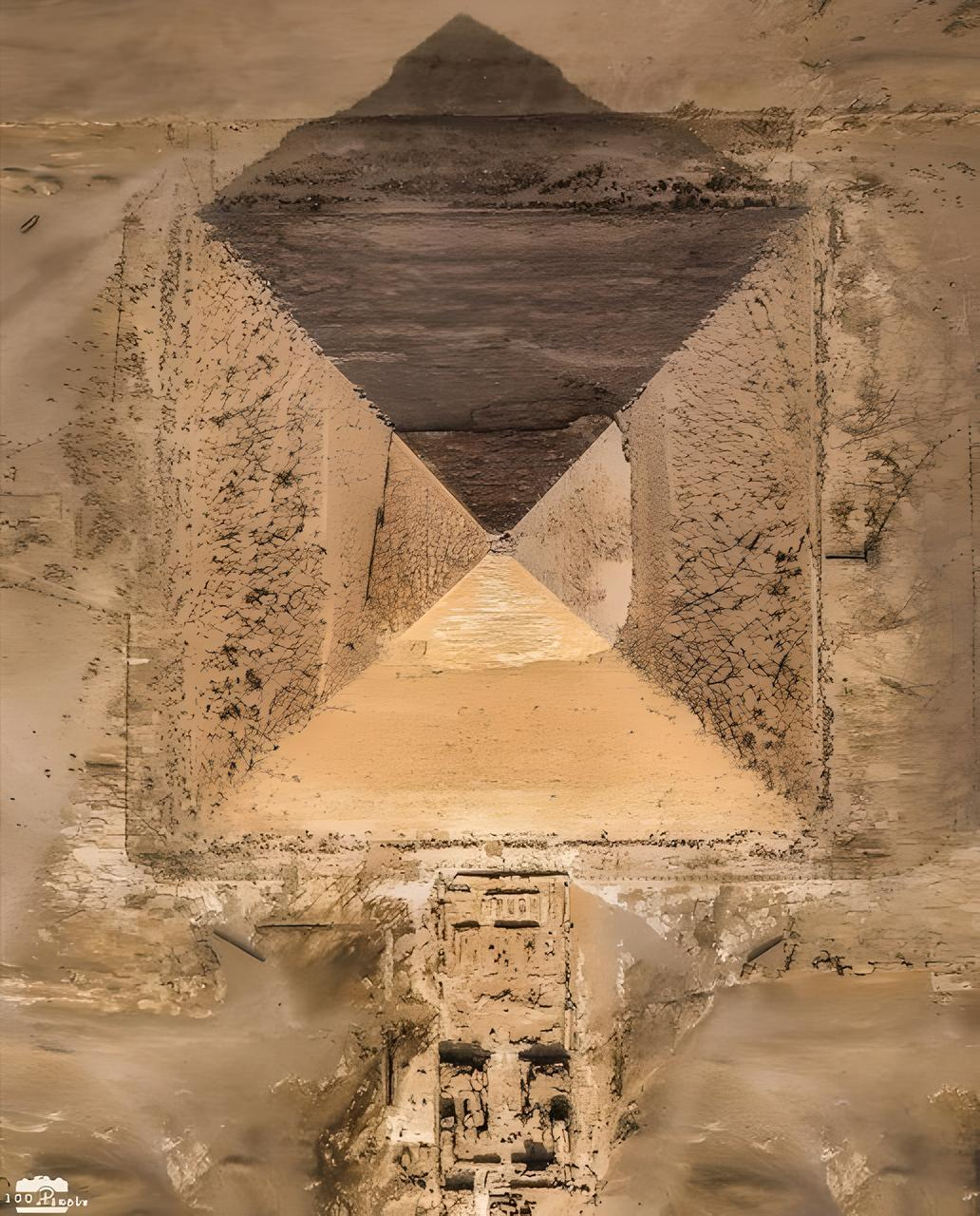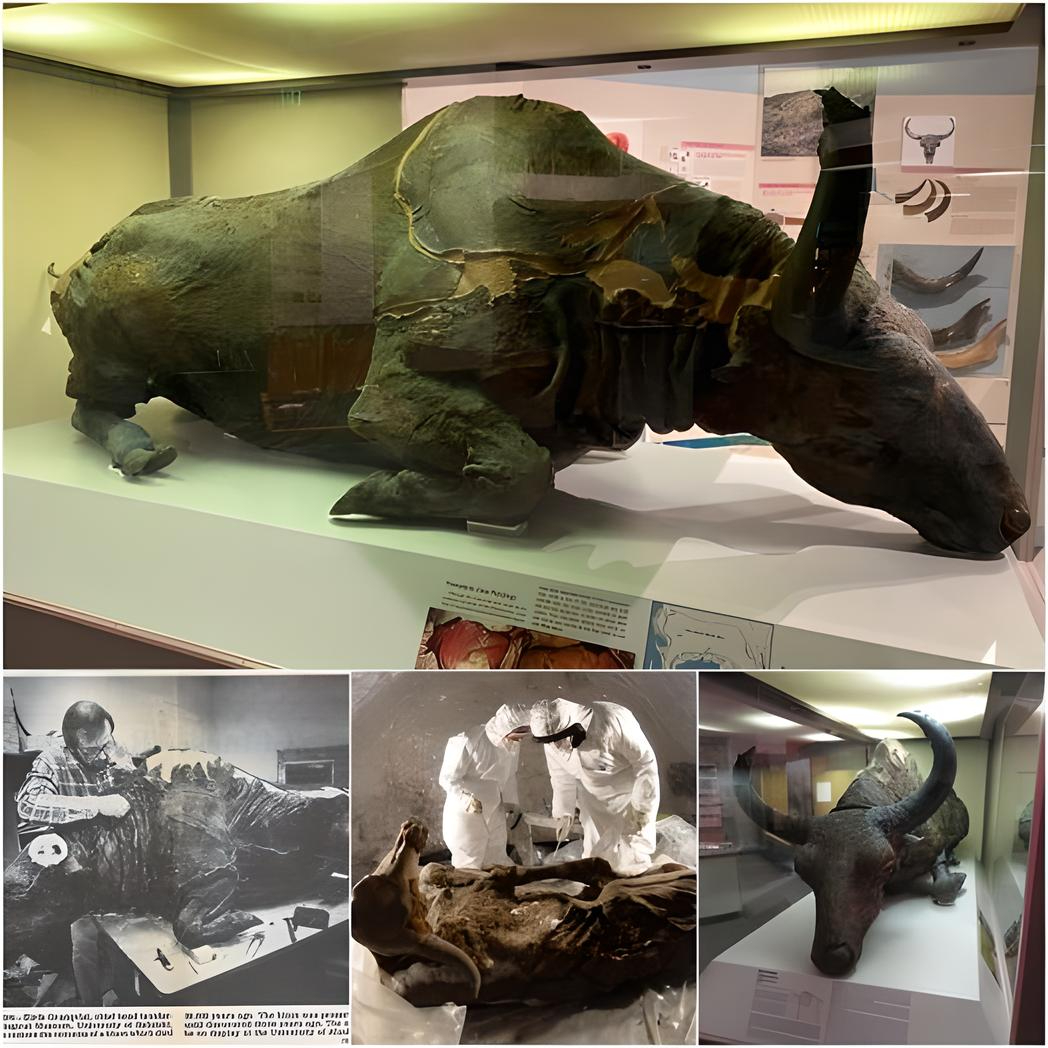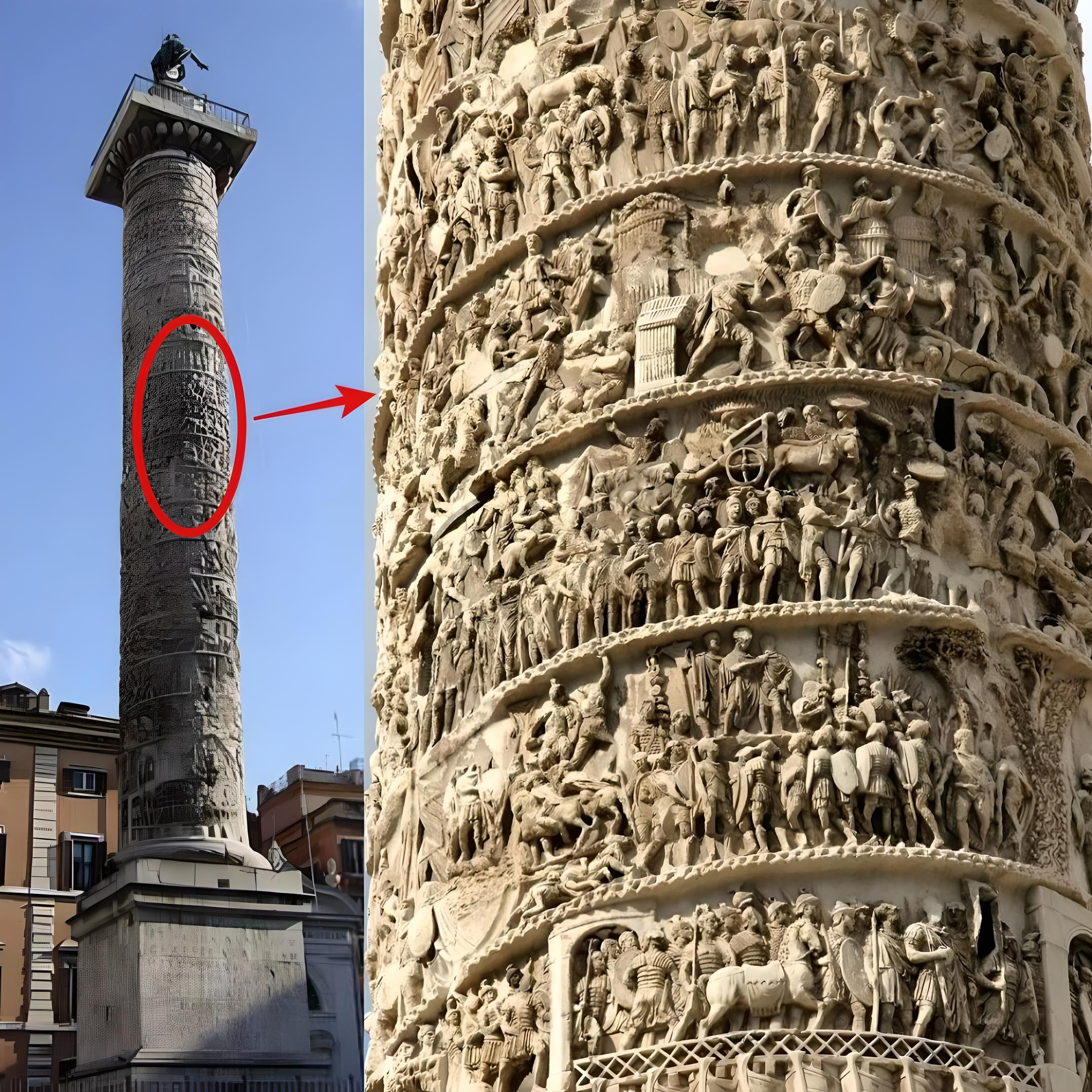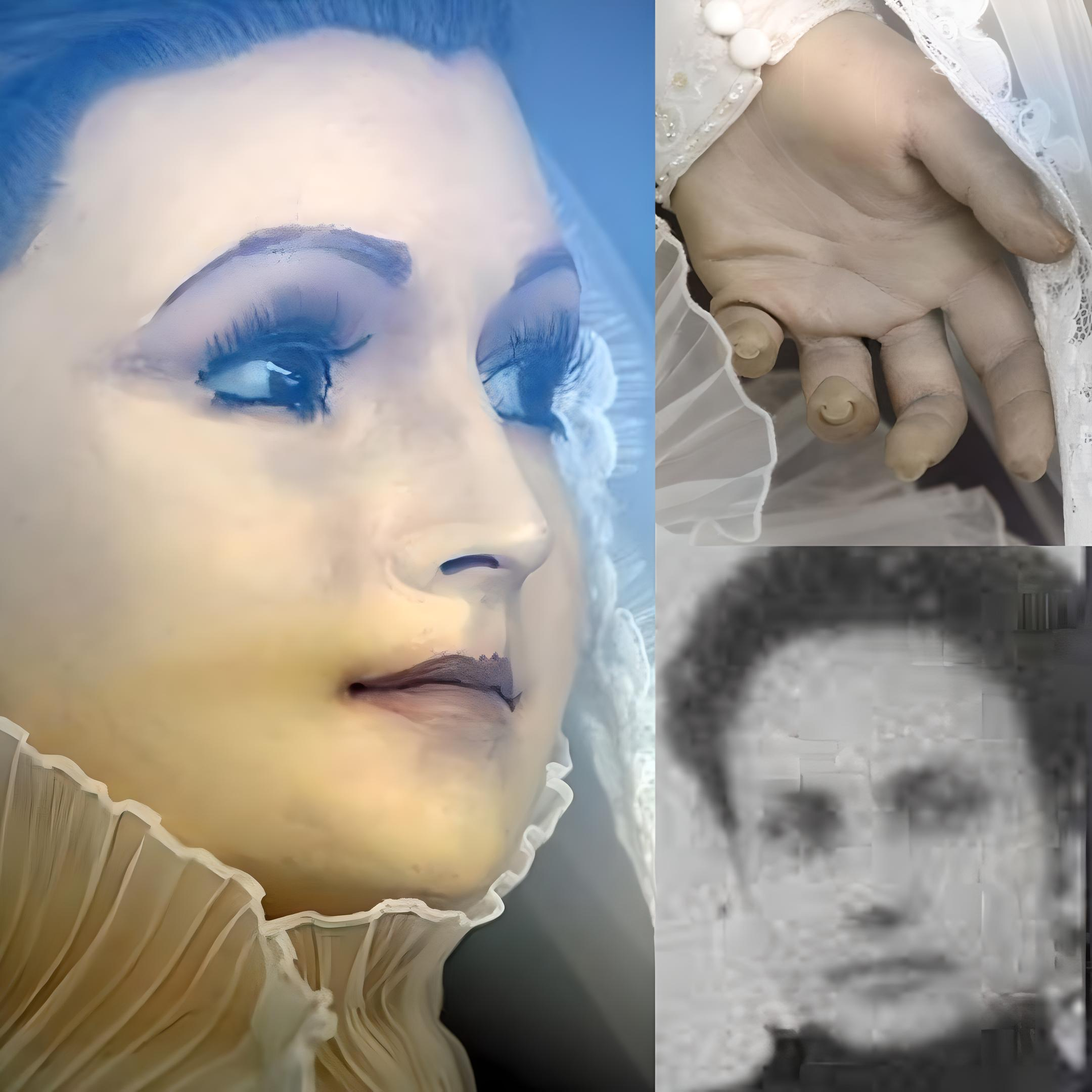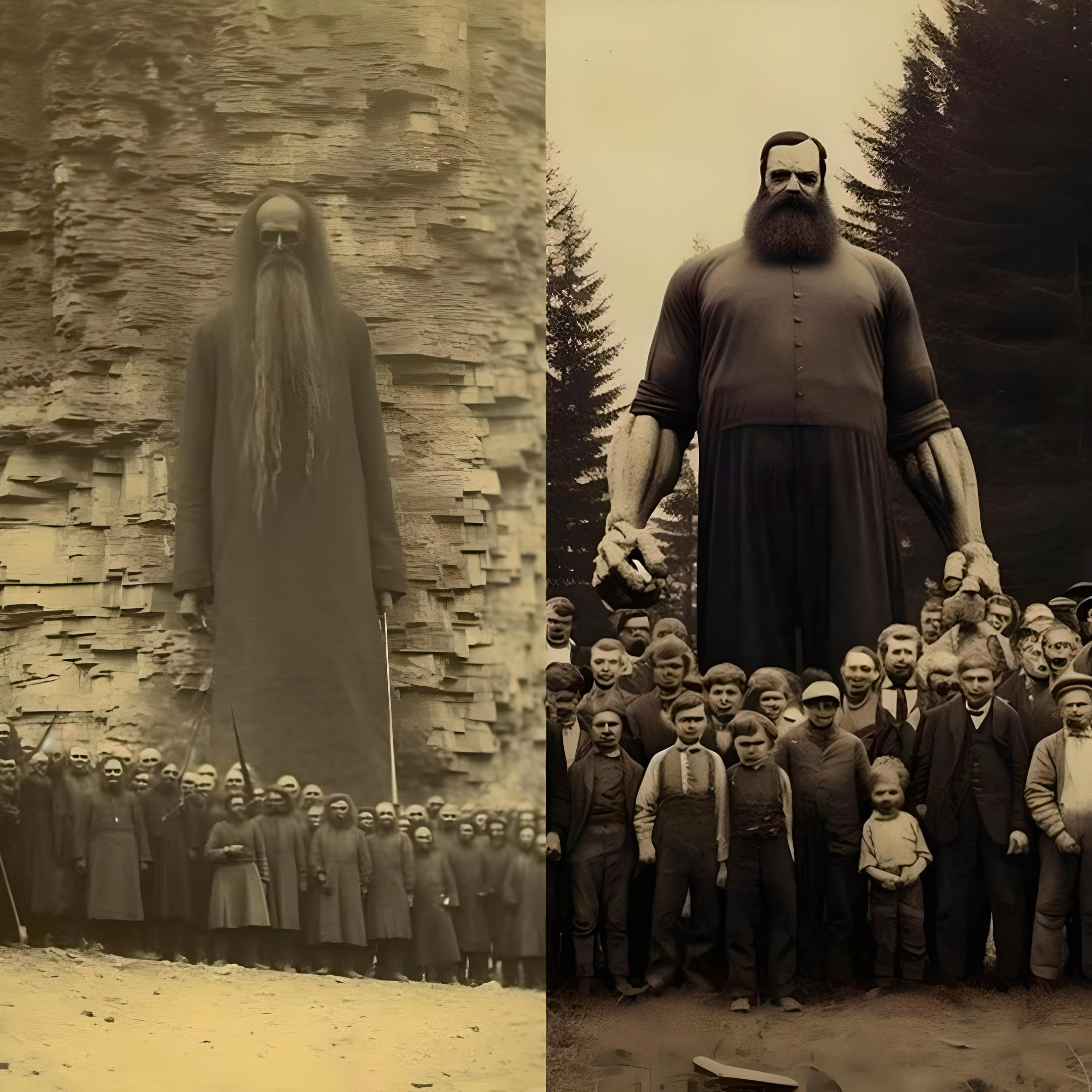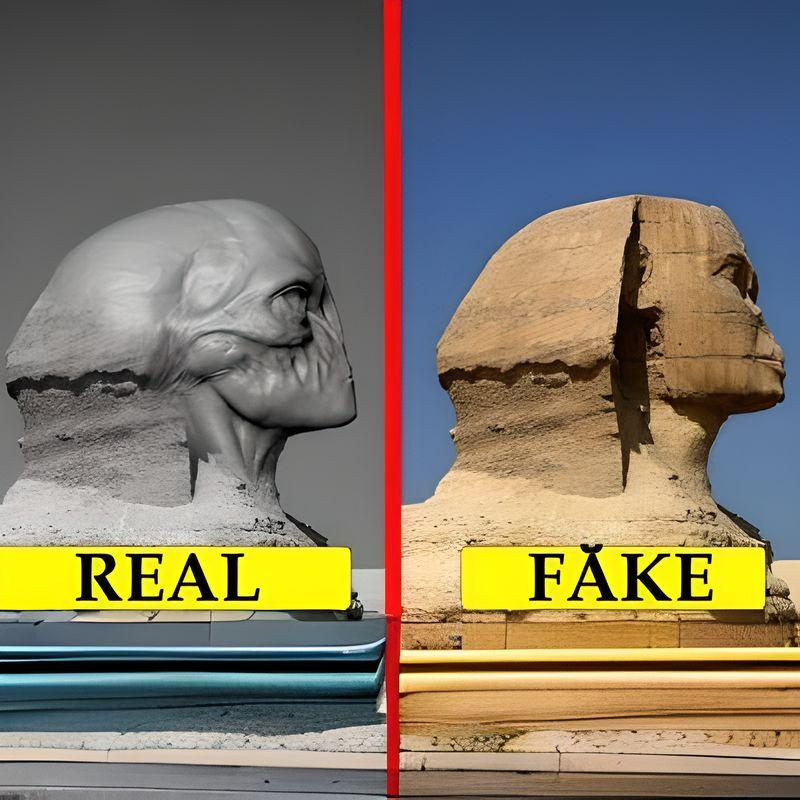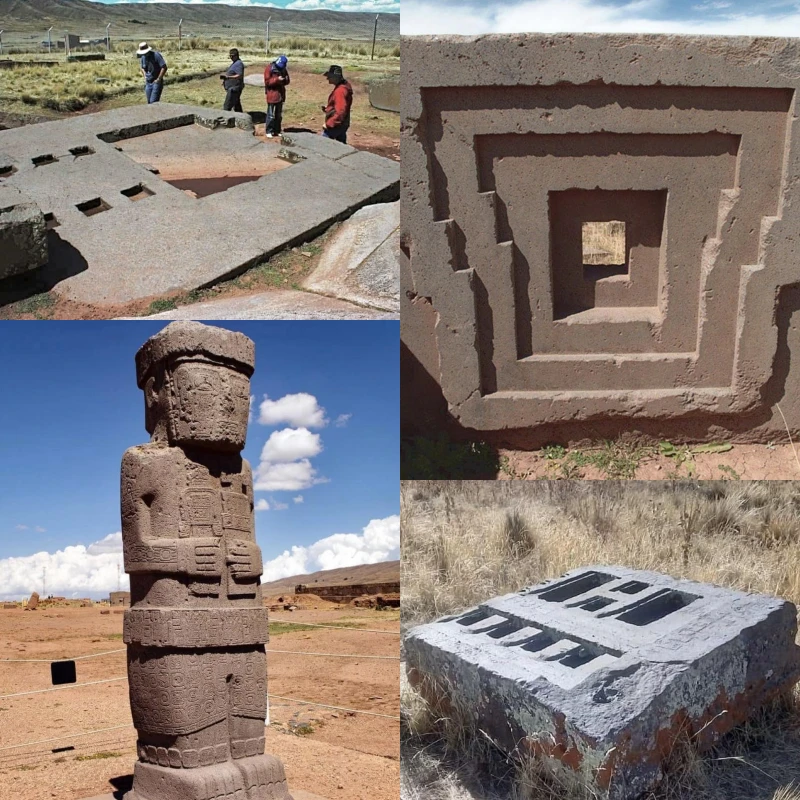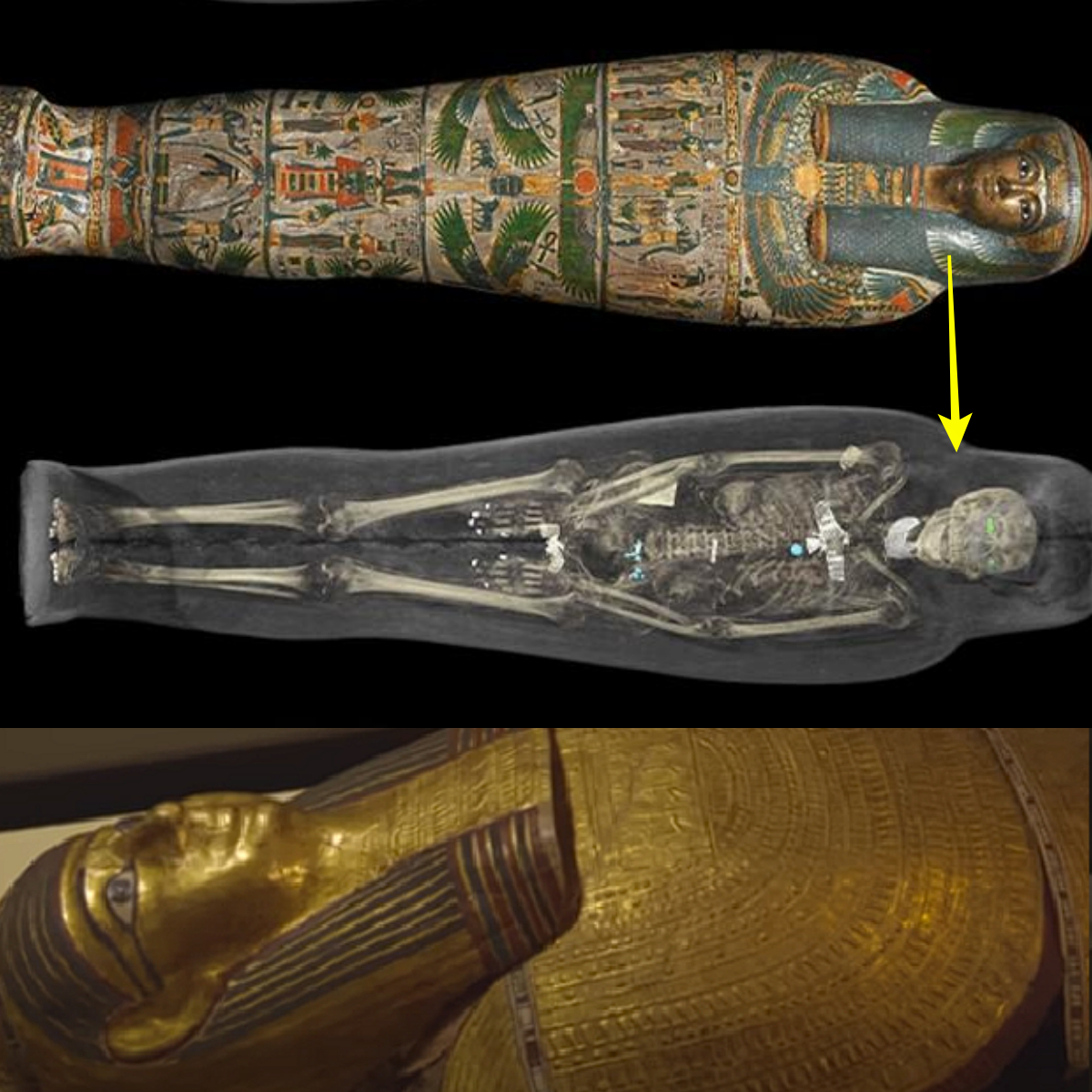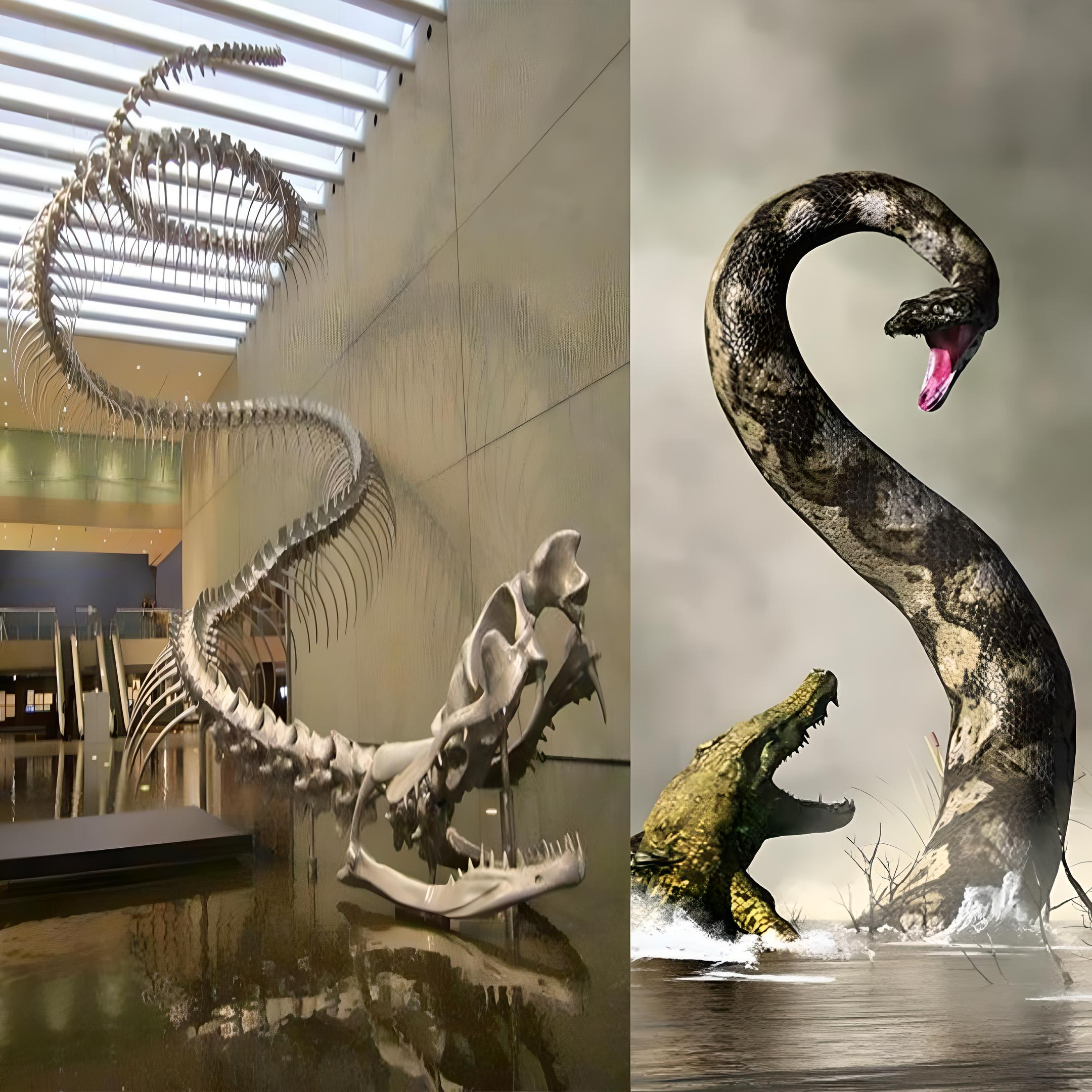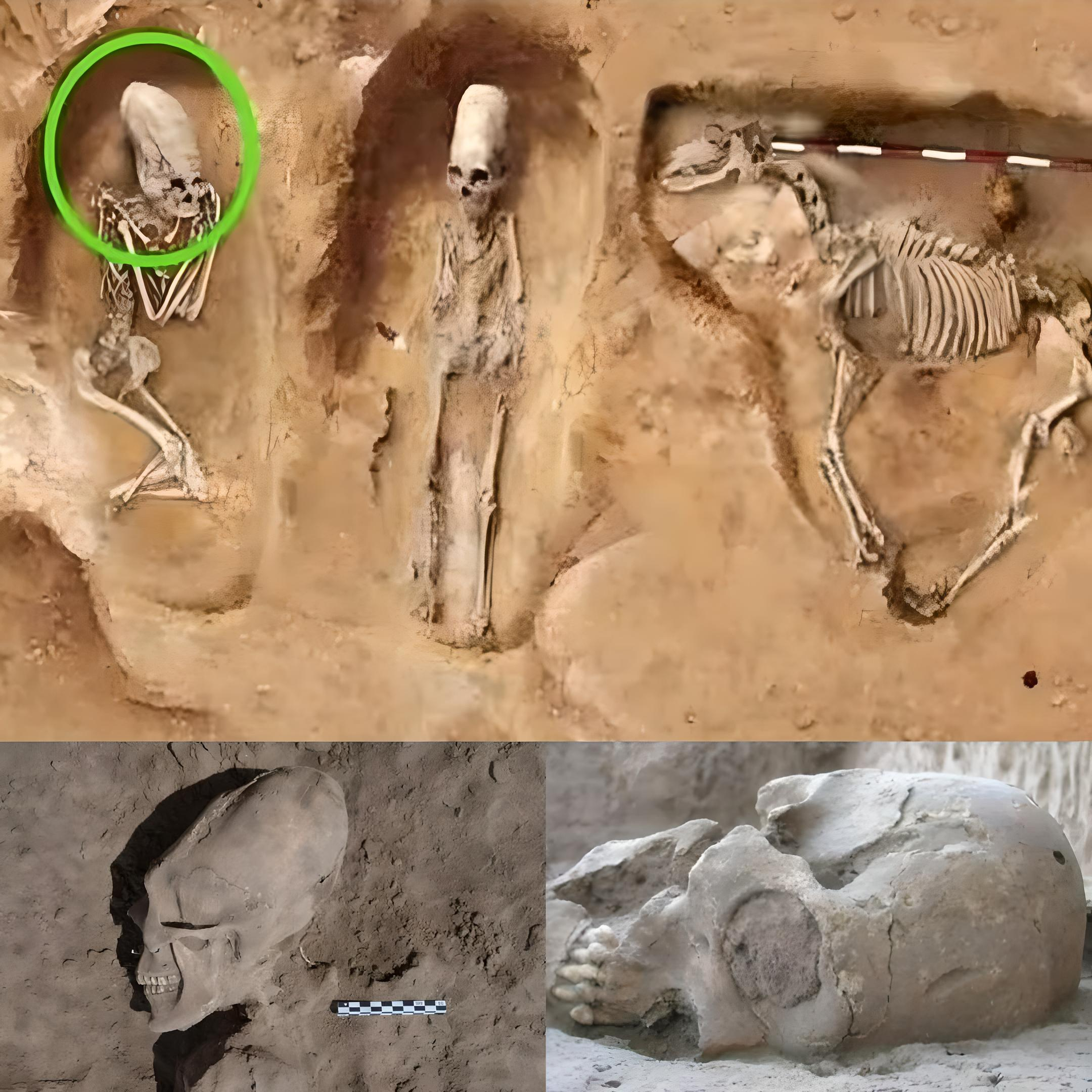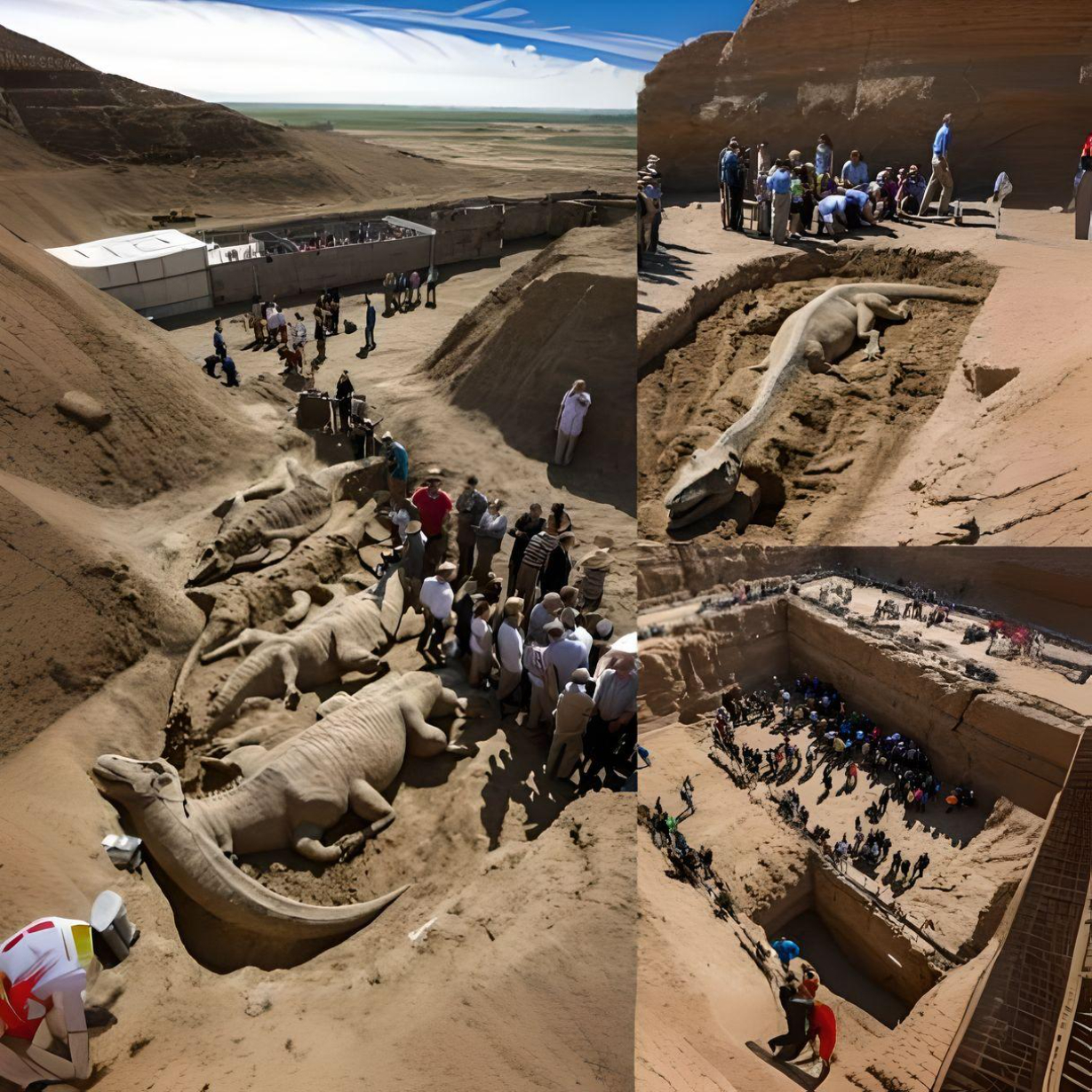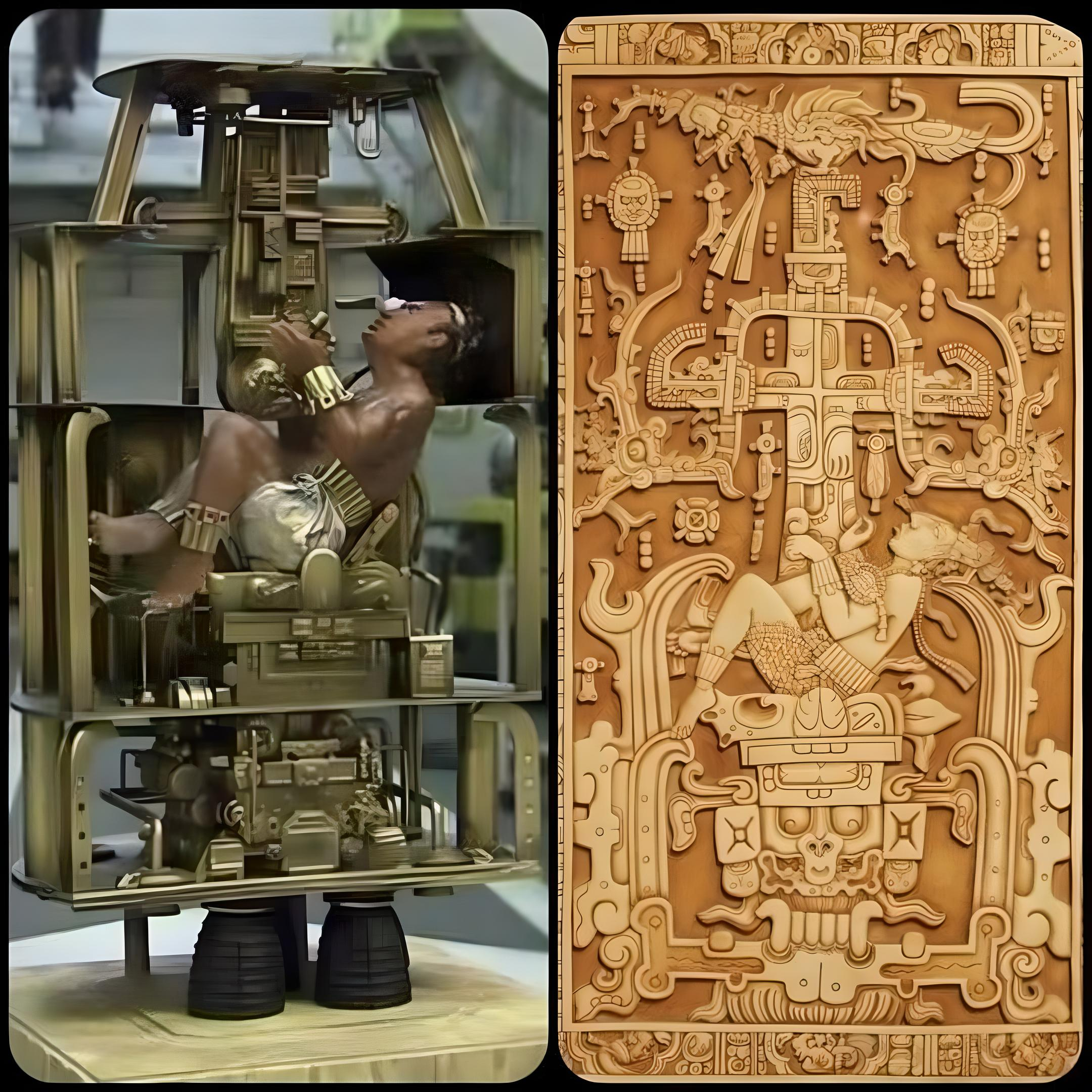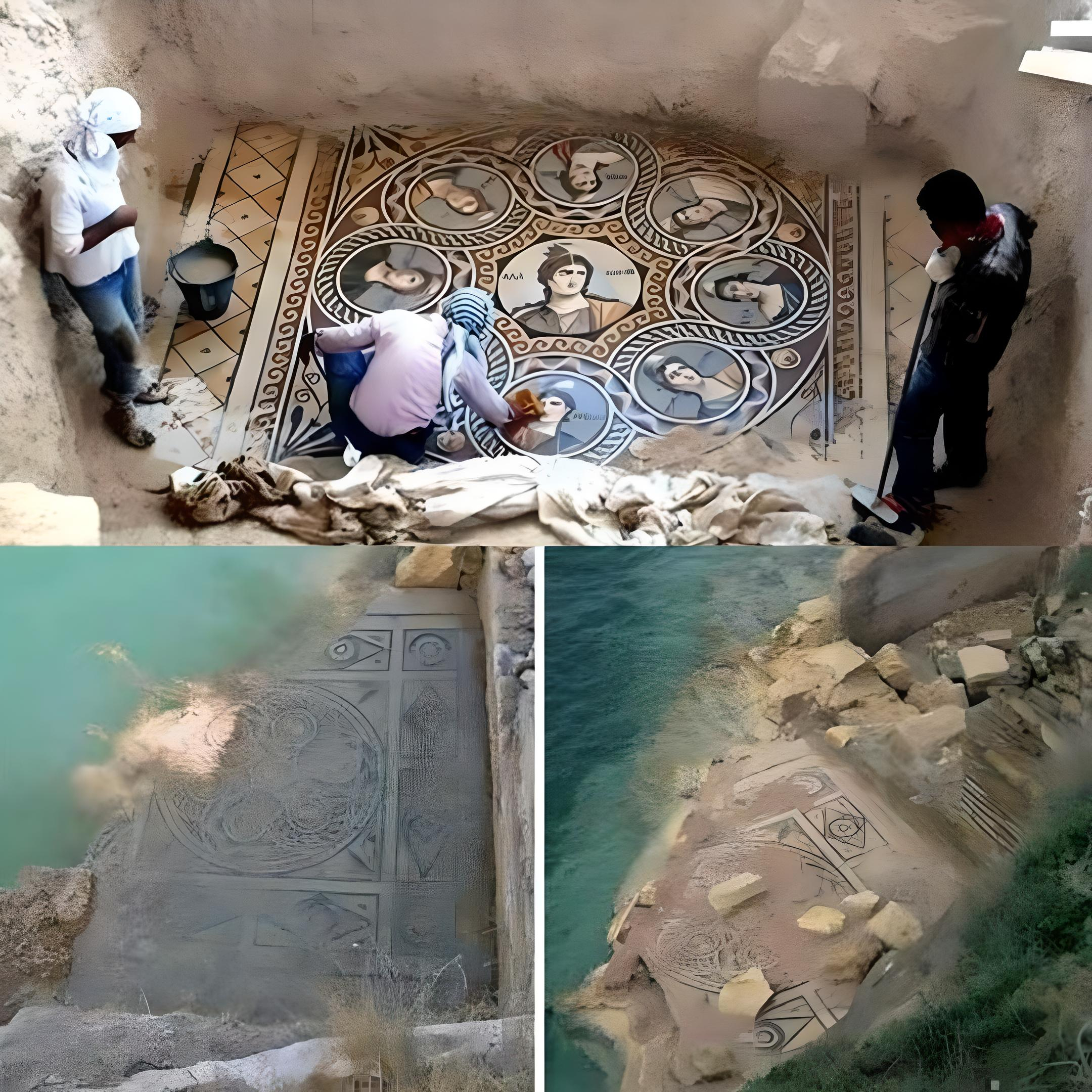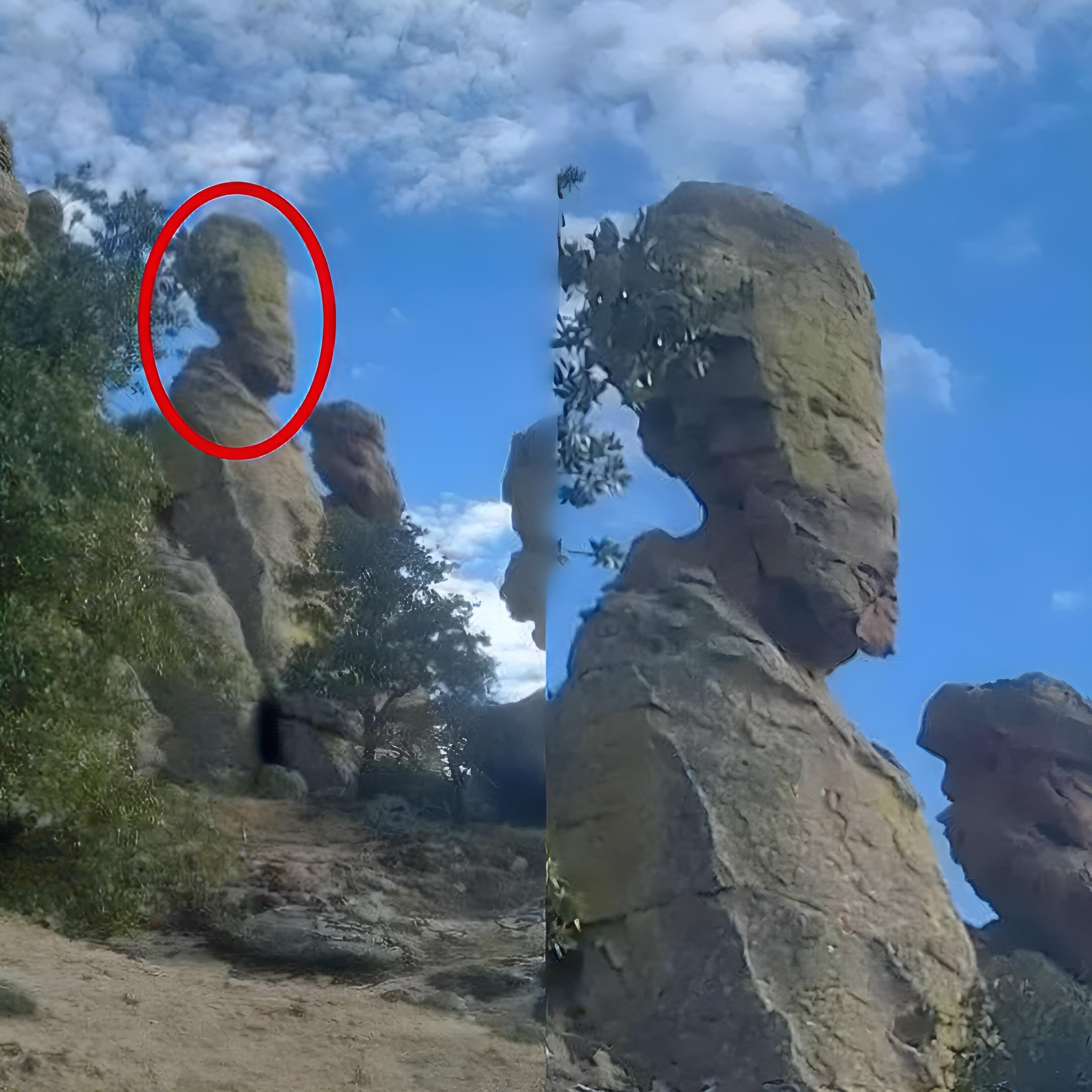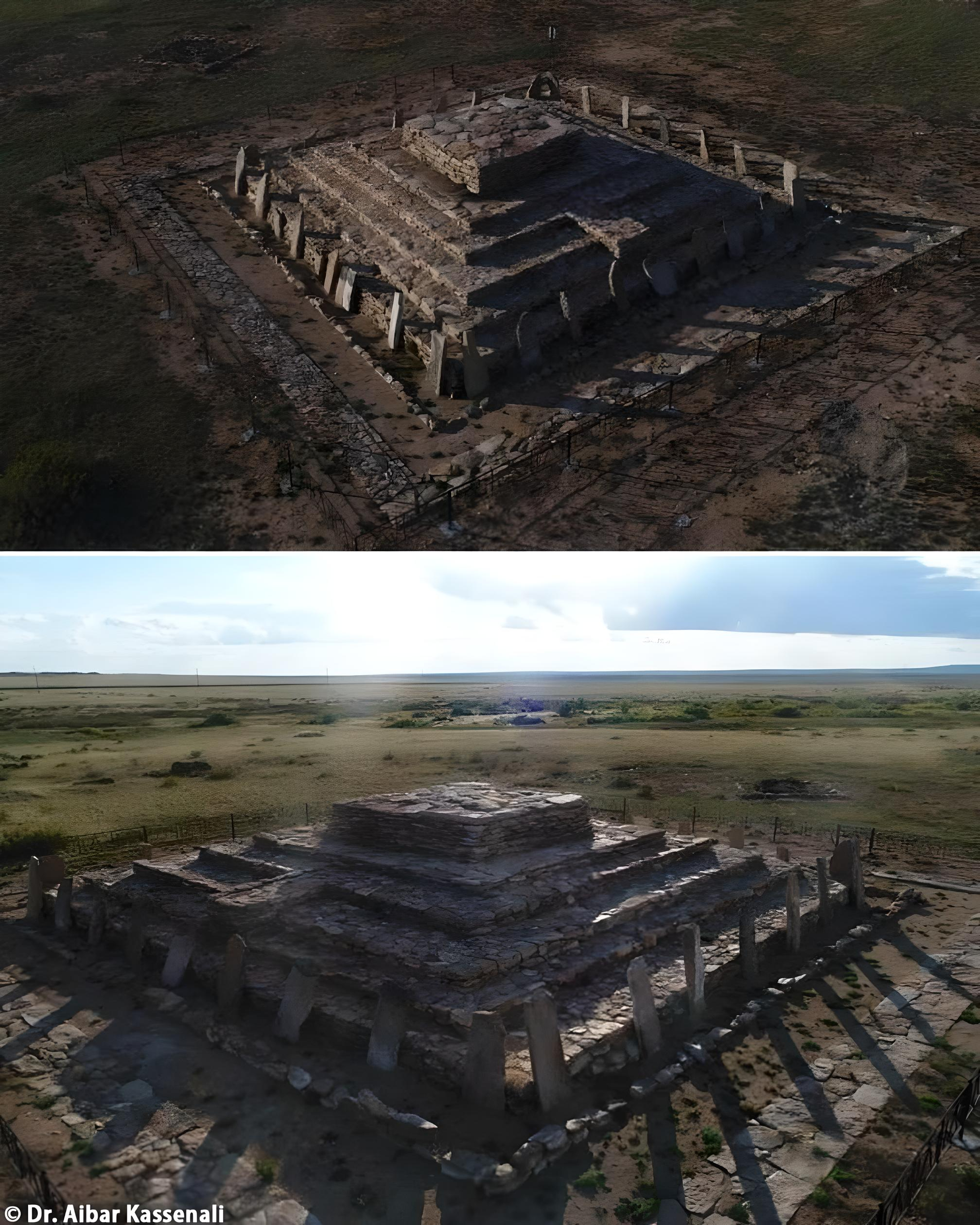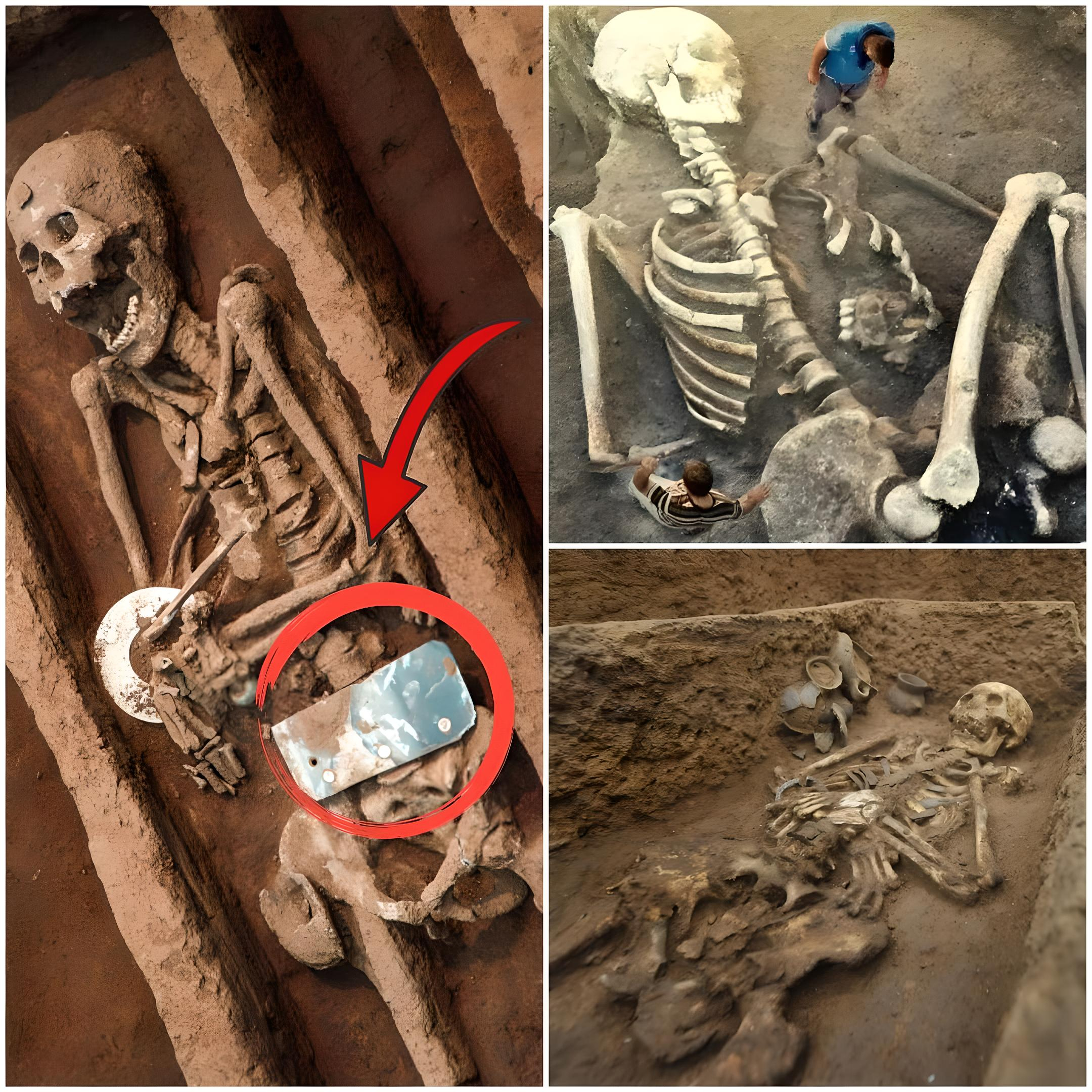First image shows an “Ancient Greek Pelike” (4th Century BC), depicting a woman acrobat shooting an arrow with her feet.
Nestled within the collections of the MET Museum is a captivating artifact—an Ancient Greek Pelike dating back to the 4th Century BC. This remarkable vessel offers a glimpse into the artistic and athletic prowess of ancient Greek society, depicting a woman acrobat in a striking pose, shooting an arrow with her feet. Join us as we delve into the story behind this fascinating Pelike, exploring its historical significance and shedding light on the ancient Greek fascination with athleticism and artistic expression.
